How to Choose the Right Golf Clubs for Your Game (and Why Golf Cart GPS Matters Too)
While the modern game boasts exciting innovations like golf cart GPS, swing analyzers, and launch monitors, knowing how to choose the right golf clubs is still key to maximizing a golfer’s potential.
Making the right choice is about performance, comfort, and fit, not just the brand or price. This means that there is no one-size-fits-all solution, and golfers need to take the time to find what works for them. Just because something works well for a professional golfer doesn’t guarantee that it will work the same for everyone else.
In this article, we offer guidance on how to purchase the right clubs. We’ll discuss the important factors to keep in mind, the steps to take before making a purchase, and how Tagmarshal’s golf cart GPS systems can be used to improve the experience for both golfers and course operators.
Golf Cart GPS: Overview of the 5 Basic Club Types

The first step to choosing the right golf clubs is to understand the five different basic types of golf clubs, namely: Woods, Irons, Hybrids, Wedges, and Putters. As each club has a unique purpose, knowing when to use the right club directly impacts how the ball travels during rounds. Let’s take a deeper look at each of the different club types.
Woods: Woods are generally used for long-distance shots off the tee. As the longest clubs with the lowest loft, these clubs are designed for hitting the ball great distances. Driver woods launch the ball low and far, and are best for teeing off. Fairway woods, such as the 3-wood and 5-wood, have more loft and control, which is best suited for hitting longer distances on the fairway. These clubs were traditionally made from wood, hence the name, but modern ones are generally made from metal.
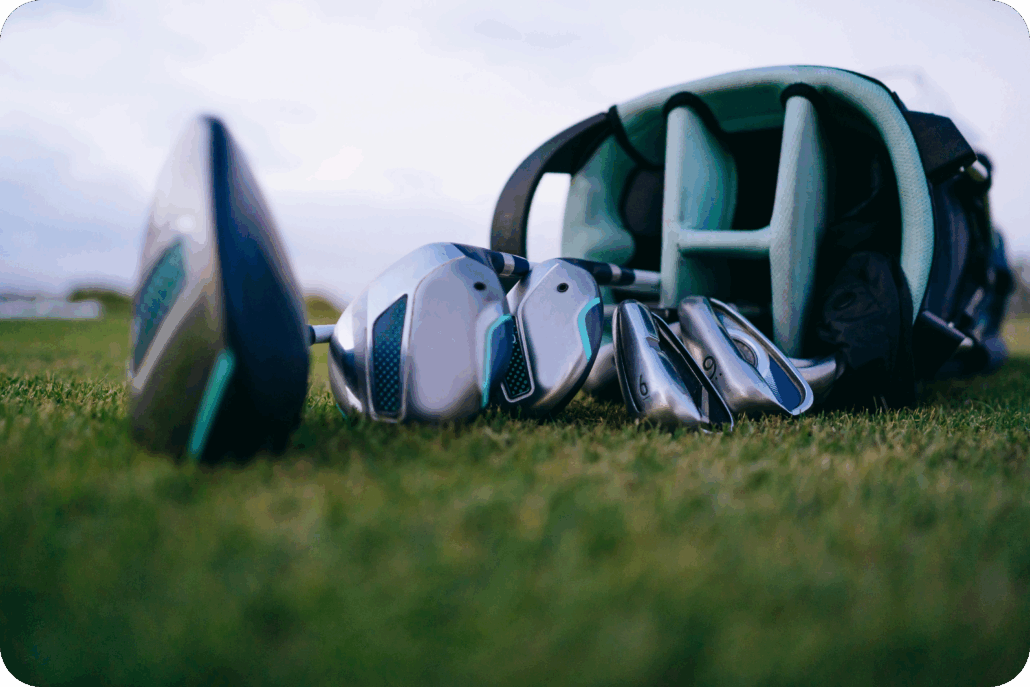
Irons: Irons are known for being the most versatile of clubs. They can be used for a wide range of shots, particularly when you are less than 200 yards from the hole. Your skill level and playing style should be considered when determining the right iron for you. The lower-numbered irons (2- or 3-iron) can achieve greater distances but are more difficult to control. Higher-numbered irons (8- or 9-iron) are best suited for hitting higher, shorter shots. Mid-irons (5-, 6-, or 7-irons) are most commonly used for approach shots.
Hybrids: Hybrid golf clubs take the best features of woods and irons and turn them into a whole new club. These clubs are easier to use than long irons and provide more control than woods. Plenty of golfers opt for hybrid clubs as they tend to be more forgiving than long irons. They are a strong option for golfers who want to improve on their long shots while also being great for trickier shots from rough terrain.
Wedges: Wedges are specialized irons with specific roles in your short game. They have a more lofted club face that works best for shorter and higher shots. The four types of wedges are pitching wedges, sand wedges, lob wedges, and gap wedges. They are designed for approach shots, bunker play, and precision shots around the green.
Putters: Putters are all about precise strokes on the green. They are one of the most important clubs in a golfer’s bag, as these clubs are used to get the ball in the hole. The type of putter that you use all depends on preference, as they come in several different weights, shapes, and sizes.
Golf Cart GPS: Factors to Consider When Choosing Golf Clubs
Understanding each golf club type is just the first step to making the right purchase. There are many other factors that need to be considered when determining which golf clubs are right for you. Here are the key factors to keep in mind:
Skill Level
Skill level plays a major role. Beginner golfers tend not to have as many clubs as experienced players, and often need more user-friendly equipment. Intermediate and advanced players are more concerned with specialized equipment for improving their game, such as for increased shot shaping and control.
Swing Speed and Shaft Flexibility
Reviewing swing speed helps determine which shaft flex golfers should be playing. A slower swing benefits from a more flexible shaft, while faster swings are better suited to stiffer shafts, which offer more control. Graphite shafts are lighter and therefore best for faster swing speeds, while steel shafts are heavier but offer more control.

Club Length
Height and arm length play a direct role in determining club length. The club should be aligned with the golfer’s height. If a club is too short or too long, it can force you to use poor posture and hurt your swing. Golfers often go for club fittings to avoid any mishaps in this area.
Loft
Loft refers to the angle of the clubface relative to the ground, directly impacting how high and far the ball will travel. Wedges have high loft for shorter, more accurate shots, while drivers have low loft for long-distance shots. Addressing the loft in clubs can help golfers fill gaps in the distances that they hit.
Lie Angle
The lie angle is the angle between the shaft of the club and the ground when the club is in its address position. The lie angle impacts shot direction. If the lie is too upright, the toe of the club is up and shots may skew left, while a lie that is too flat may cause the heel to be up and push shots to the right. A properly fitted angle leads to more consistent, precise shots.
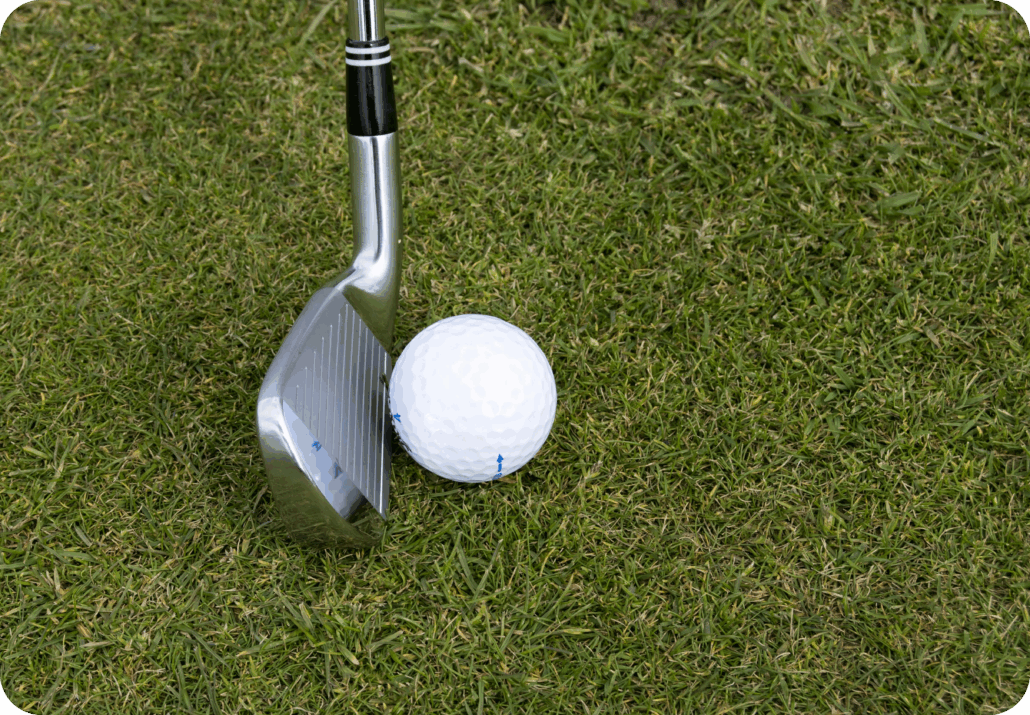
The above factors should play a major role in helping golfers determine which golf clubs to purchase. Golfers should go beyond just the specs and analyze how each club performs for them personally. In the next section, we’ll look at the steps that golfers can take to put the above knowledge into action via testing, fitting, and more.
Golf Cart GPS: Tips and Steps to Take
A proper set of clubs can do wonders for a golfer’s game, so making the right choice can be overwhelming and even confusing. With such a vast array of types, styles, and materials available on the market, some may find themselves struggling to make a decision.
So, what steps can be taken to make sure that the wrong purchase isn’t made? Purchasing clubs is best done in person, as golfers can be properly fitted and compare a range of different products and brands. Here are a few steps you can take to make sure you make the right choice:
Analyze Your Game
Reviewing strengths and weaknesses can help golfers decide which clubs to purchase. Golfers should ask themselves questions to determine where they are struggling or where they hope to improve on the course. Understanding tendencies and troubles on the course can guide golfers when it comes to choosing between hybrids, wedges, or custom shafts. The end goal should also be considered, as casual golfers won’t necessarily be as concerned with precision as a professional.
Visit a Club for a Fitting Session
Fittings are great for customizing equipment and improving a golfer’s game on the whole. A professional fitting session is one of the best investments that a golfer can make when purchasing golf clubs. During a professional fitting, an expert examines a golfer’s swing, stance, posture, and measurements to determine the most suitable club specifications for their body and playing style. The factors mentioned above, such as club length, lie angle, swing speed, and more, are all considered by the specialist. Fittings are designed to help golfers find a set of clubs that complement their game.
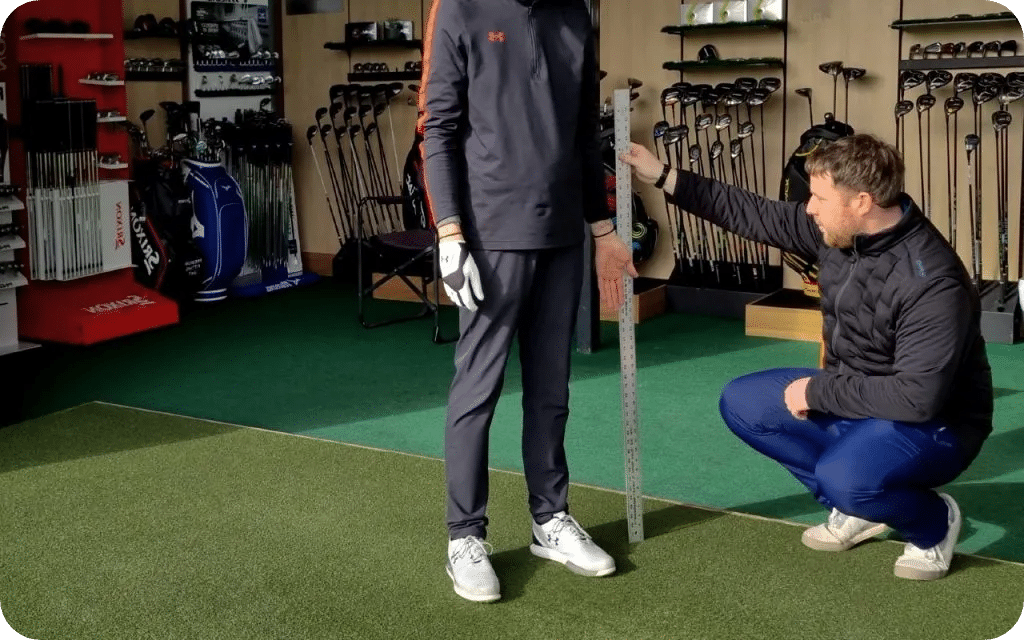
Test Clubs Before Buying
Golfers should always test out clubs before committing to a final purchase. Many golf clubs and stores have indoor simulators for players to test out the different models. Some stores or clubs host demo days, allowing golfers to test clubs in real-world conditions. Trying out models before buying lets you get a sense of the weight, balance, and feedback. With that, players can make sure that they’re choosing a set that is both comfortable and effective for their game.
Consider Adjustability
Modern golf clubs often include adjustable features like movable weights, interchangeable shafts, and hosel settings for loft and lie. If the clubs are adjustable, golfers can further fine-tune their performance without the need to purchase a brand new club. For golfers who are actively tweaking elements of their game, clubs with adjustable features can support ongoing improvement.
How Tagmarshal’s Golf Cart GPS Helps On The Course
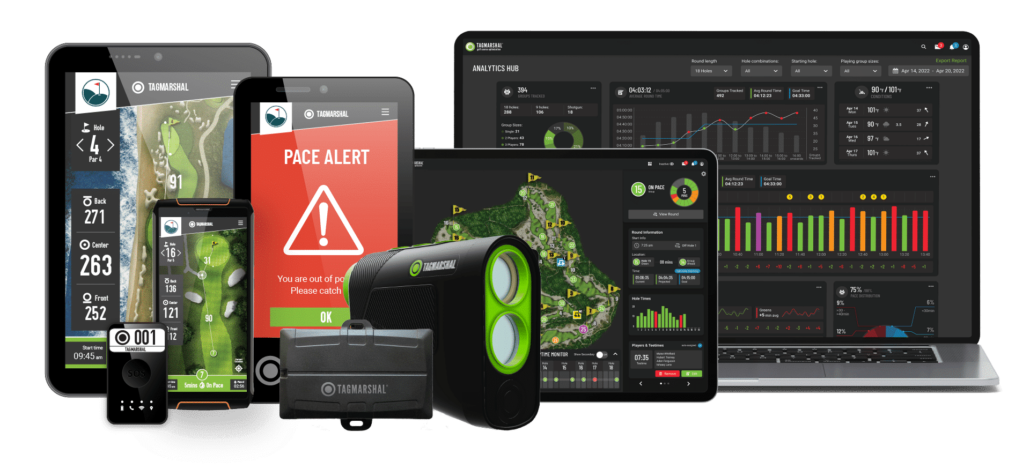
Tagmarshal is the leader in golf course optimization, providing courses with full, real-time operational oversight and reporting. With Tagmarshal, you gain access to tools that enhance the player experience through pace and flow management, improve efficiency with automation, and ultimately, increase revenue. Tagmarshal’s golf cart GPS and 2Way cart screens can also be used to give players precise, to-the-pin yardage. This information is important for choosing the correct club for your next shot.
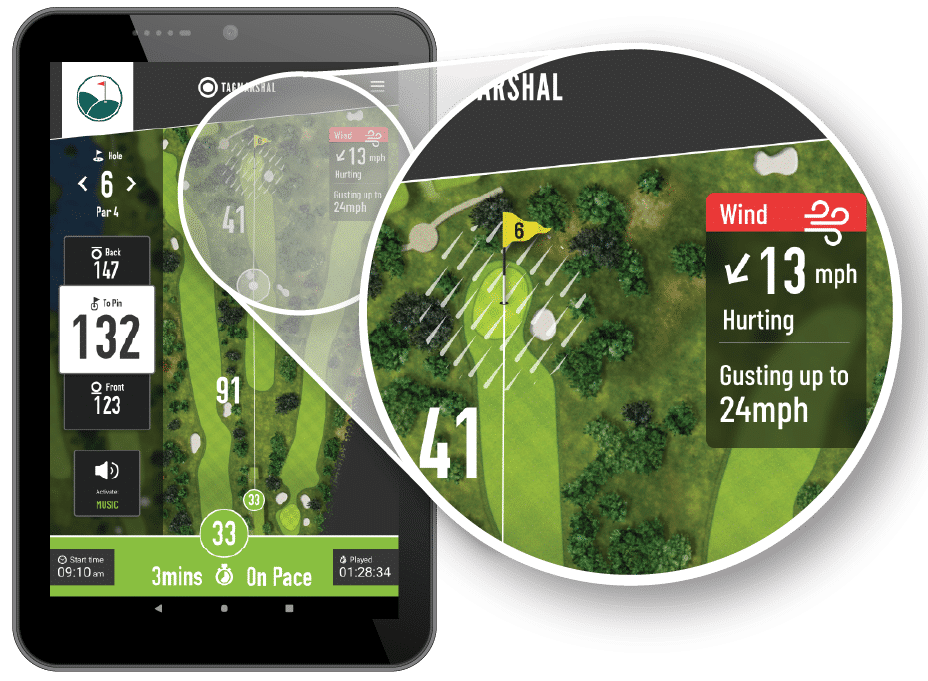
Additionally, WindTag is an industry-first innovation created by Tagmarshal that gives players hyperlocal, real-time wind speed and direction on every green. WindTag offers live shot recommendations based on the wind around distance, club, trajectory, and target. This state-of-the-art AI-powered tech is the perfect companion on the course, as players can use real-time shot intelligence to hit both greater distances and more precise shots. With the right clubs and smart tech, golfers have all the tools to keep getting better.
WindTag uses ultrasonic transducers to accurately measure wind speed and direction on the green once per second, as well as multi-band golf cart GPS for precise daily hole locations. The device is entirely solar-powered, durable, and waterproof, so golf course operators can set it for the season without the need for constant maintenance.
WindTag does more than just improve the experience for golfers, though, and has a huge impact on on-course operations. Daily hole locations are automatically fed into Tagmarshal’s system, saving on labor hours and maximizing operational efficiency. Wind and hole intelligence can also be used to improve the pace of play. This revolutionary system is integrated into Tagmarshal’s golf cart GPS ecosystem and feeds courses with highly relevant data that can be used for optimization strategies and pace of play management.
Final Thoughts
For golfers, knowing how to choose the right clubs is incredibly important. By understanding each club type, carefully analyzing important factors, and taking the above steps, golfers can make sure that they are making a purchase they will not regret. For newcomers to golf and professionals alike, choosing the right clubs is the first step to improving their game.
Tagmarshal’s golf cart GPS system, as well as WindTag, can also be used to enhance performance. With data on precise wind speed and direction as well as live shot recommendations, golfers have all the tools to hit precise, accurate shots. Beyond just an improved playing experience, course operators also benefit from golf cart GPS and WindTag. The system helps save on labor hours, increases operational efficiency, and improves pace of play management.
To learn more about Tagmarshal’s innovative golf course optimization features or to book your demo, get in touch today!
 WATCH DEMO
WATCH DEMO